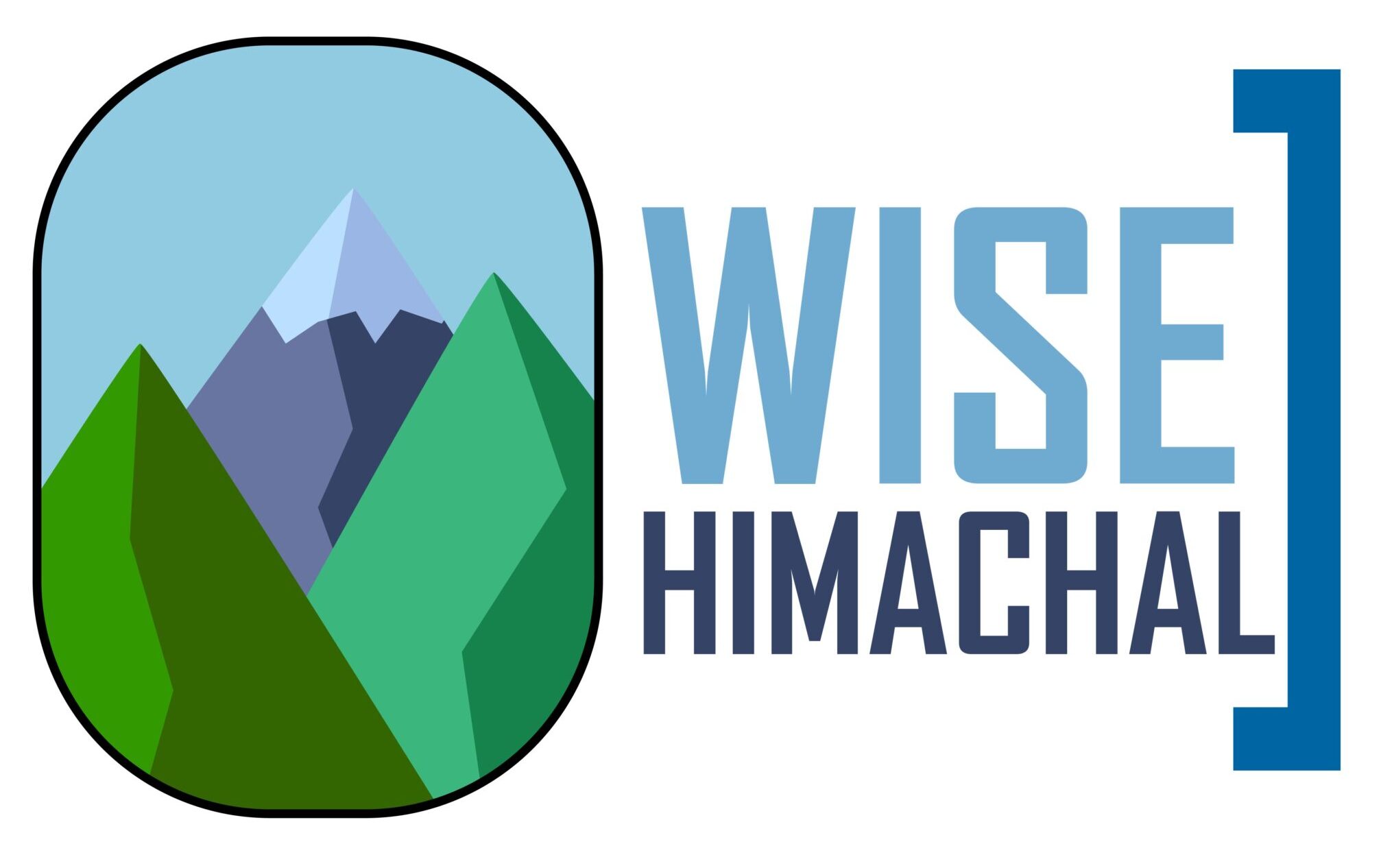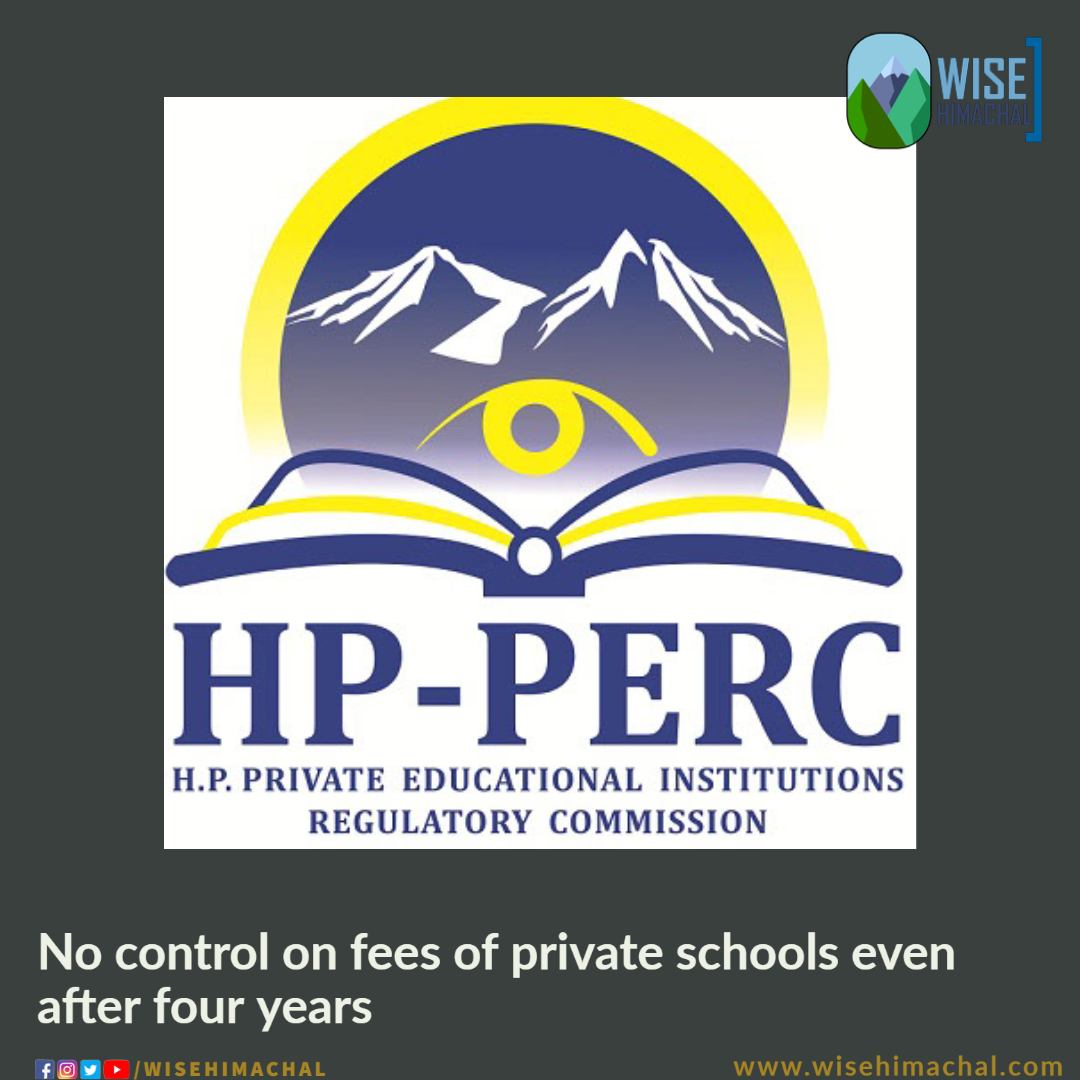Himachal Pradesh’s Human Development Index (HDI) has increased to 0.78, significantly higher than the national average of 0.63, according to the Himachal Pradesh Human Development Report 2025 released by Chief Minister Sukhvinder Singh Sukhu on Monday where UNDP India Head Dr. Angela Lusigi was also present at the report launch.. The report, prepared in collaboration with UNDP considering climate change impacts, reveals substantial improvements across multiple development indicators.
The state’s literacy rate has reached an impressive 99.02 percent, far exceeding the national average of 81 percent. Among adults, 94.9 percent men and 91.7 percent women are literate in Himachal, compared to the national figures of 84.4 percent men and 71.5 percent women. Life expectancy in the state has risen to 72.6 years, which is 3.6 percent higher than the national average of 69 years.
Multidimensional poverty has decreased from 7.6 percent to 4.9 percent, substantially lower than India’s 14.9 percent. Per capita income has increased by 9.6 percent, surpassing the national average. The infant mortality rate stands at 20.5 per 1,000 births in Himachal, compared to the national average of 24.9. However, the report raises concerns that over 30 percent of children under five years are stunted or underweight.
Himachal has ranked fifth in the country in the Sustainable Development Value Index with a score of 77, while the national average is 71.
The report indicates that Himachal’s economy is moving away from agriculture. The sector employs 54 percent of the state’s total workforce but contributes only 14 percent to Gross Value Added (GVA), making its share in state income lower than industry and services. Industry employs 22 percent and services employ 24 percent of the workforce, but their share in the state’s GVA is much higher at 40 percent and 45 percent respectively. The manufacturing sector, particularly pharmaceuticals and MSMEs, accounts for approximately 27 percent of the state’s GVA, while tourism contributes 7.8 percent.
Climate change poses a significant threat to Himachal’s development, according to the report. Average annual temperature has increased by 1.5 degrees Celsius since 1901, with projections suggesting a further rise of 2-3 degrees Celsius by mid-century. Between June 1 and September 6, 2025, the state experienced 46 percent excess rainfall, resulting in 366 deaths and damages exceeding Rs 4,000 crore. Glaciers are retreating at a rate of over 50 meters per year, and the formation of new glacial lakes has increased the risk of glacial lake outburst floods.
Internet usage in Himachal also exceeds national averages, with 67.9 percent men and 49.7 percent women using the internet, compared to national averages of 57.1 percent and 33.3 percent respectively.
Chief Minister Sukhu stated that the report reflects the state’s progress, resilience, and people’s aspirations despite difficult geographical conditions and weather challenges. He noted that Himachal has recently achieved the distinction of becoming a fully literate state, and the decline in infant mortality demonstrates the success of the state’s health system.
Sukhu emphasized that the government has invested not only in roads, industries, agriculture, and horticulture but also in fundamental sectors like education, health, women’s empowerment, elderly care, and rural development to build a strong foundation for the future. The increase in average life expectancy symbolizes the success of the healthcare ecosystem.





